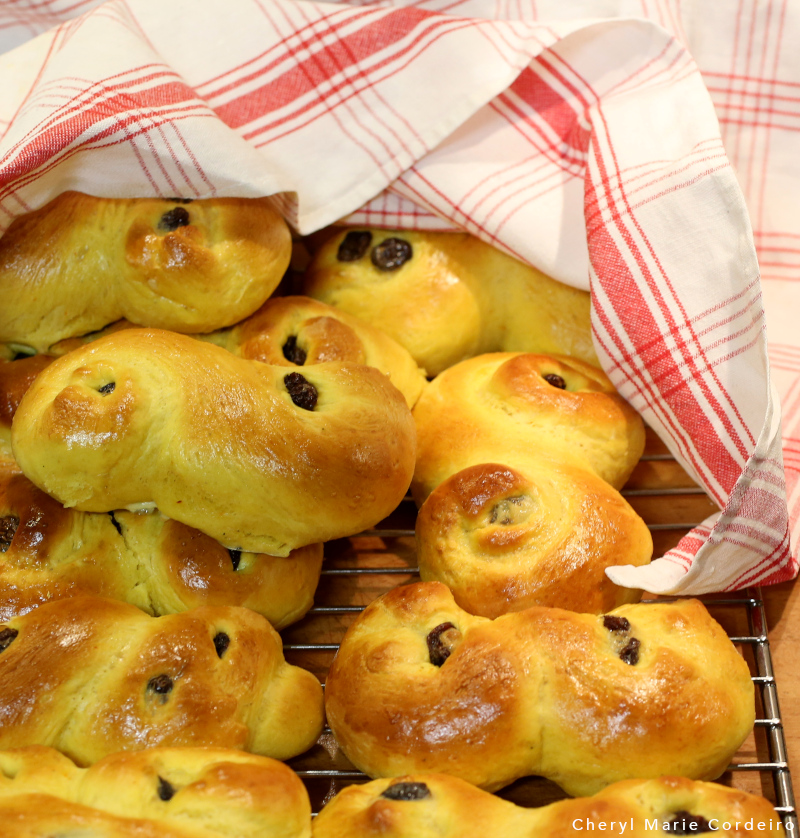Lussekatter AW 2020.
Text & Photo © CM Cordeiro & JE Nilsson 2020
It is a couple of weeks to the annual St. Lucia celebrations on 13 December in Sweden, and if I seem a little saffron bun nuts at this time of year, well… I am. I do however have some comfort in that the Nordic grocery shops are already bringing out lussekatter, saffron buns and gingerbread cookies to brighten the long winter nights at home. So why not have a go at making batches of saffron buns at home too, St. Lucia being one of my favourite days that lead up to Christmas itself, and it being one of the highlights of the jultide season.
Lussekatter compilation AW 2020.
Video & Photo © CM Cordeiro & JE Nilsson 2020
Growing up in Singapore, I was not particularly familiar with the existence or use of saffron. If kitchen fingertips were stained yellow, it was almost always because of the use of turmeric. Turmeric, usually pounded into a pulp or ground, is popular mostly in the making of various curries. Turmeric is also a popular root ingredient to coat fish and chicken in a marinade mixture prior to frying or grilling.
I was introduced to another spice that gave a deep golden hue to foods only after I arrived in Sweden about two decades ago. The Nordic long winter nights brightened tremendously by the serving of fragrant saffron buns baked into lovely different shapes in celebration of St. Lucia. The most popular saffron bun shape is one as a tail of a cat, hence the name Lussekatt. But it isn´t only in Sweden that St. Lucia is celebrated on 13 December for Swedes. The gingerbread cookies, candles in hair and the train of a children´s choir, and the accompanying lussekatter on 13 December are a delight even in the tropics, as shown in this 2010 St. Lucia celebration event with the Swedish Business Association in Singapore.
I have since discovered that saffron, with its unique flavour profile of sweet floral tones combined with an earthy nuance, makes it a versatile ingredient that can be used to make savoury as well as sweet dishes. Savoury saffron combinations include fish and seafood stews, steamed rice, risottos and pies. Sweet saffron confections include breads, buns, pudding, ice-cream and cocktails. Some of my favourite flavour combinations include saffron paired with cardamom for breads, and saffron paired with honey and cream to drink. I have yet to try the combination Herbs de Provence with saffron, but that´s on the jultide wish-list of to-dos.
There are many go-to recipes for saffron buns to be retrieved online on the Internet, including those that use kesella or cream cheese. Personally, I prefer saffron buns that are light on the flour and heavier on the spices. Here´s my go-to recipe from 2012, Santa Lucia saffron bread, Sweden:
50g yeast
70g butter
500 ml milk
0,5g saffron (these days, we use 1g saffron, sometimes in combination with ground cardamon)
150 ml sugar
I tsp salt
less than 1,5 liter of high protein (10-12% protein) baking wheat flour
1 egg
+ 1 egg and raisins for decorating (if preferred, raisins hidden in the dough could work too)
Oven bake at ca. 220 deg.C, for ca. 15 mins or until the buns turn golden brown, top and bottom
Saffron buns go excellent with several drinks that range from warm milk to mulled wine or glögg. Incuded in that order are long hours into the night, and cold outside. Snow on the menu is a plus.
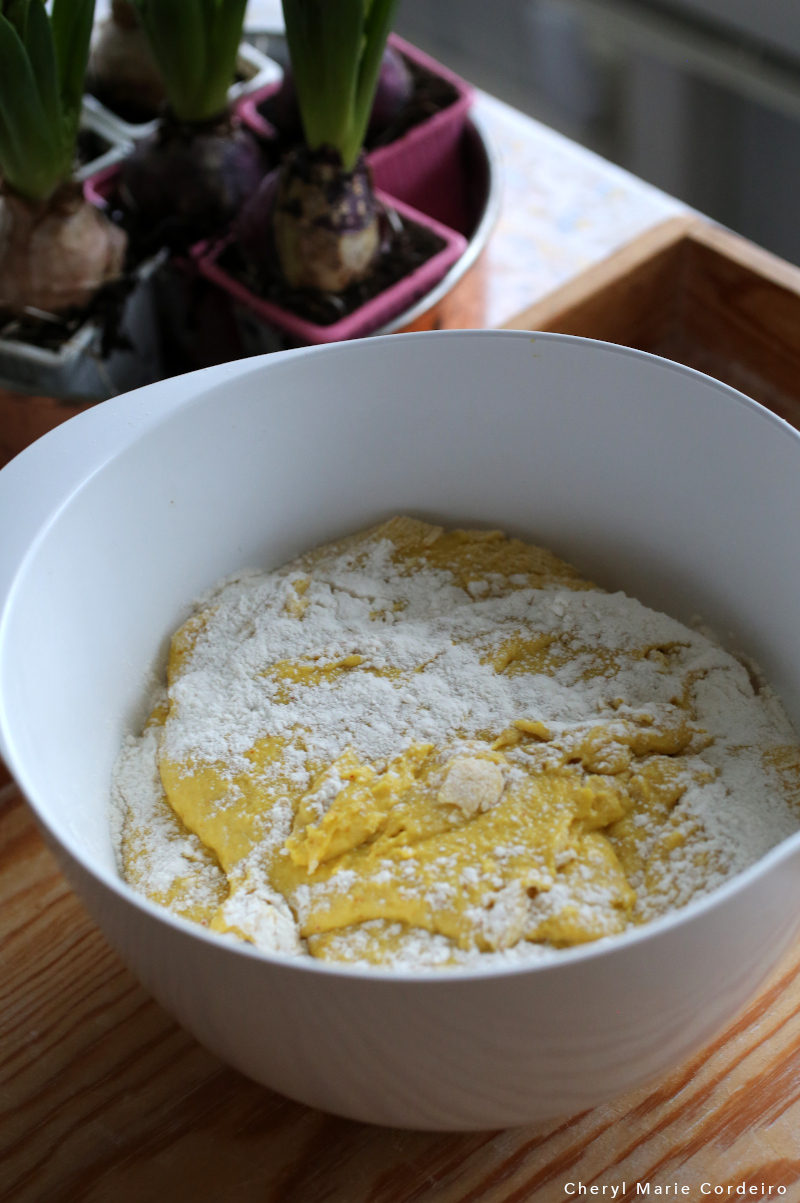
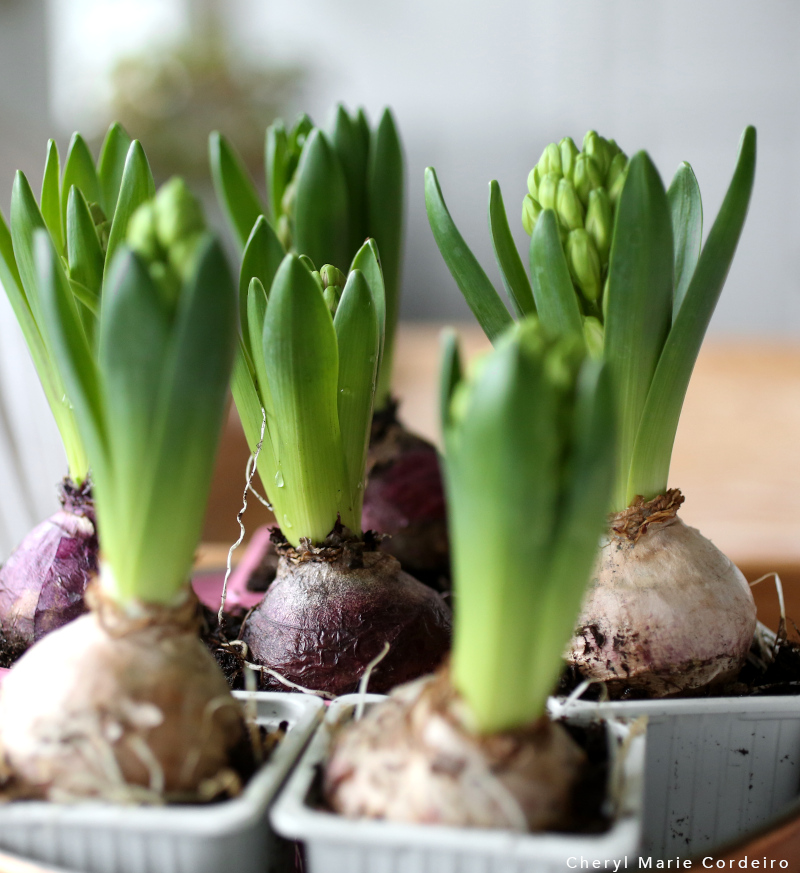
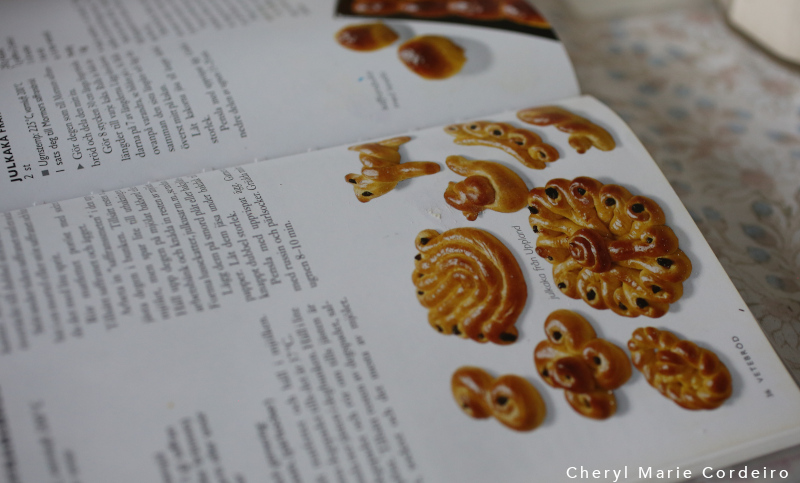
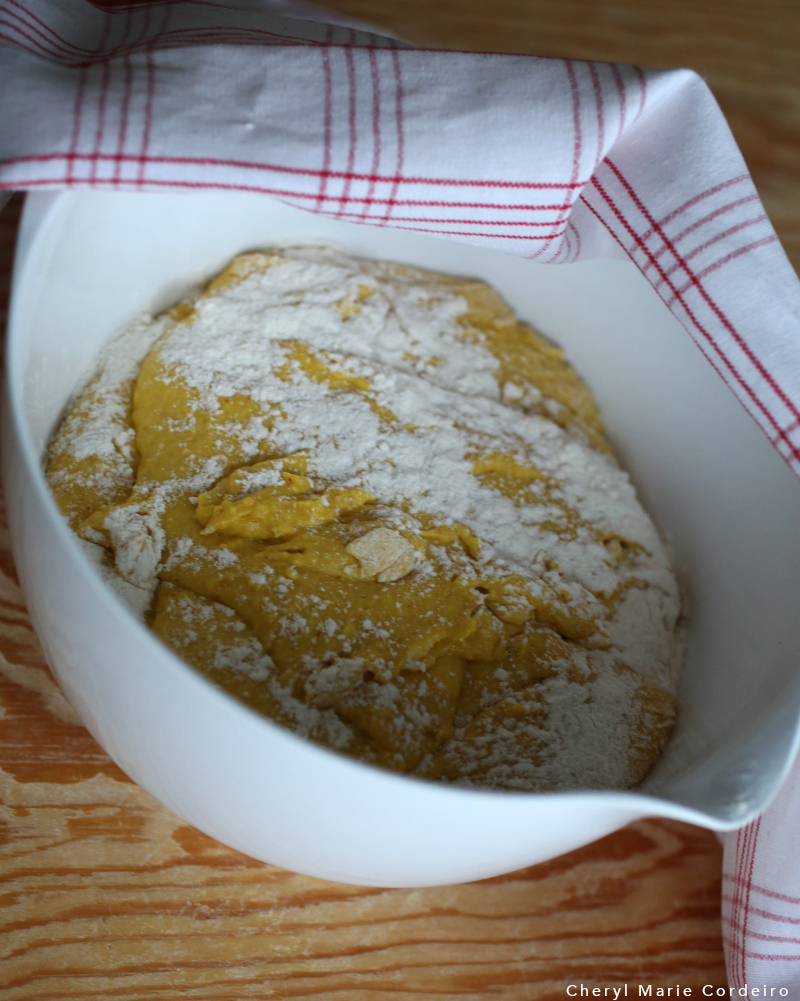
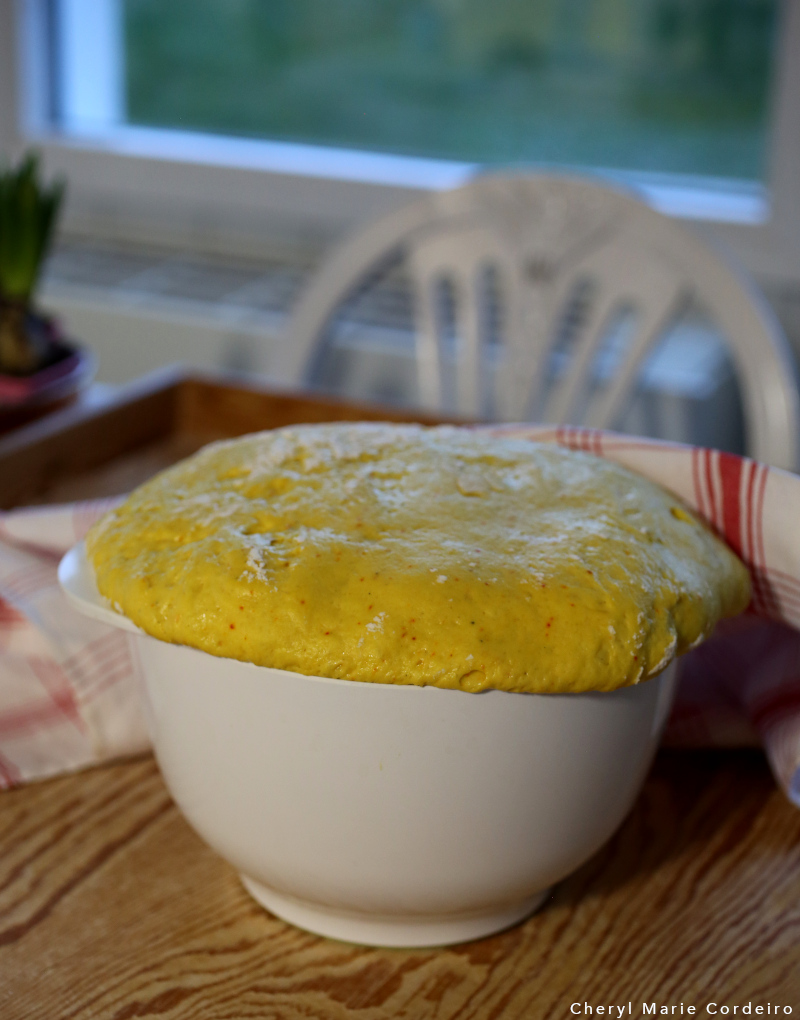
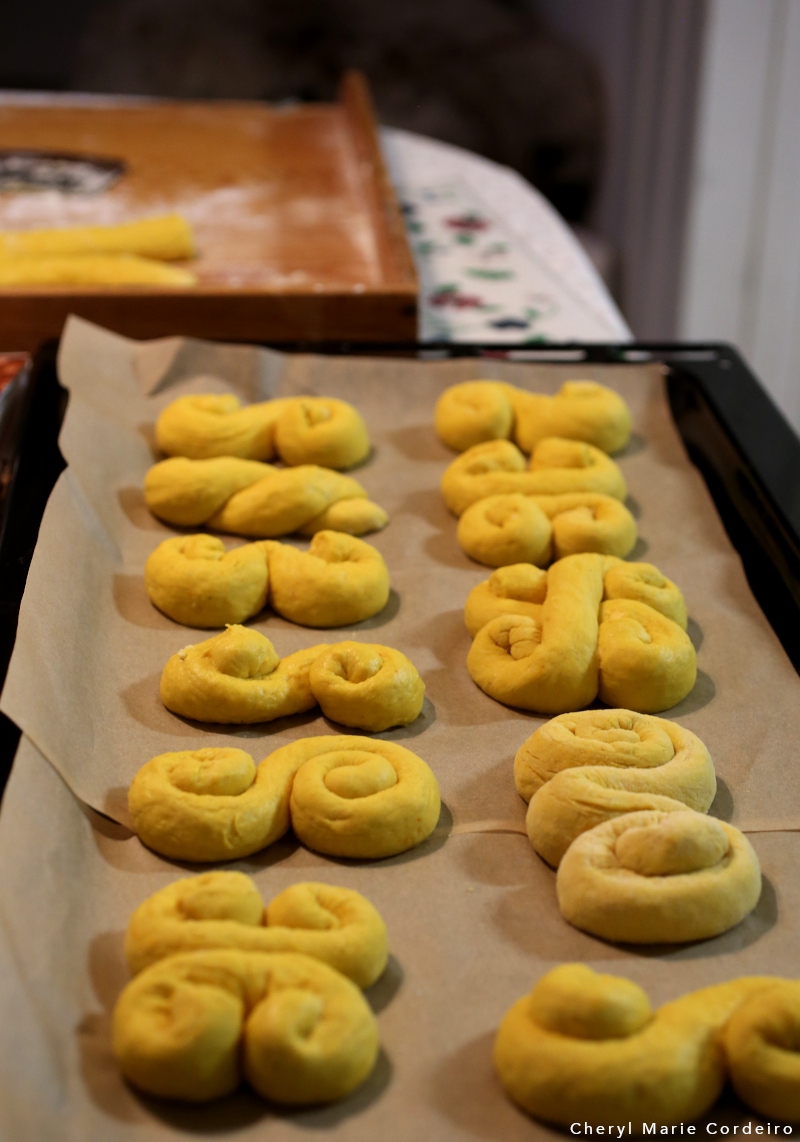
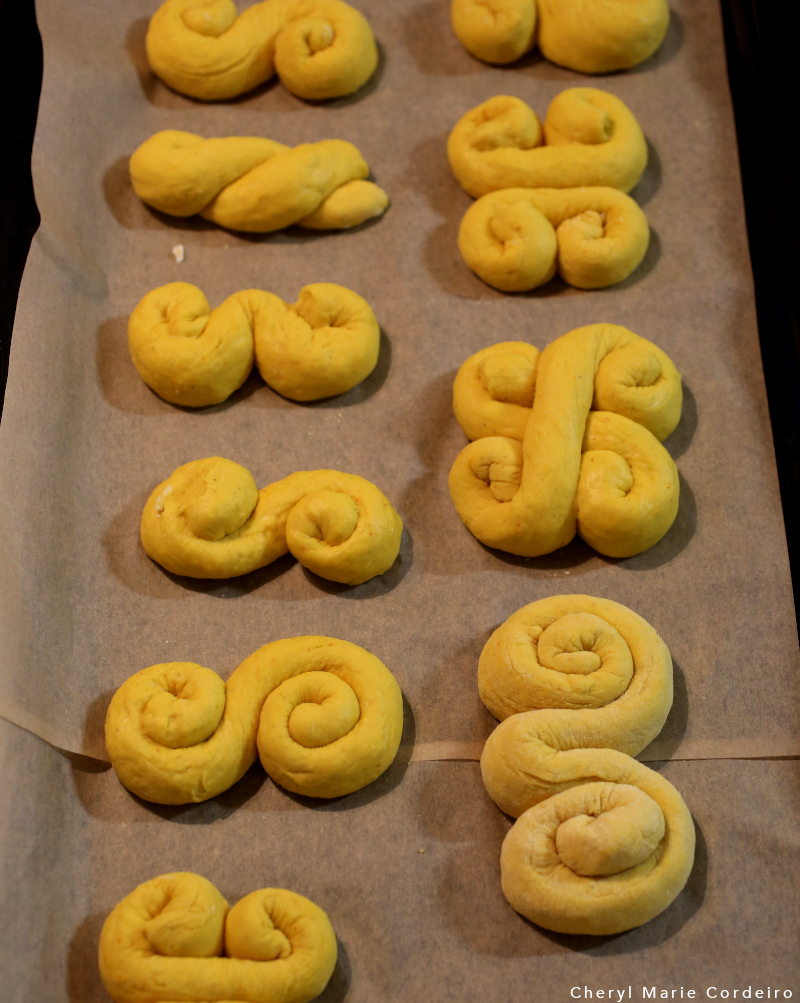
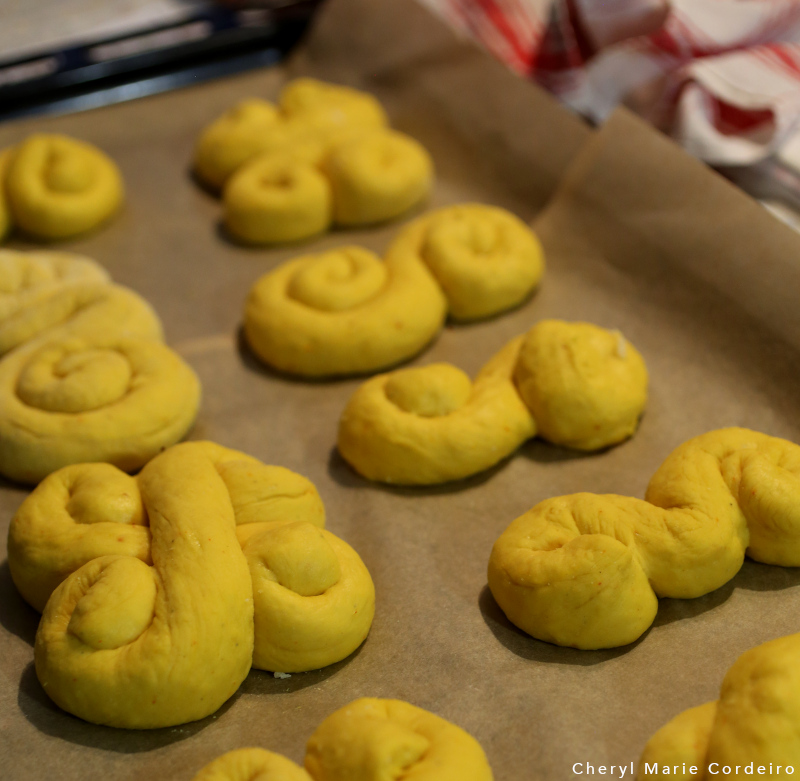
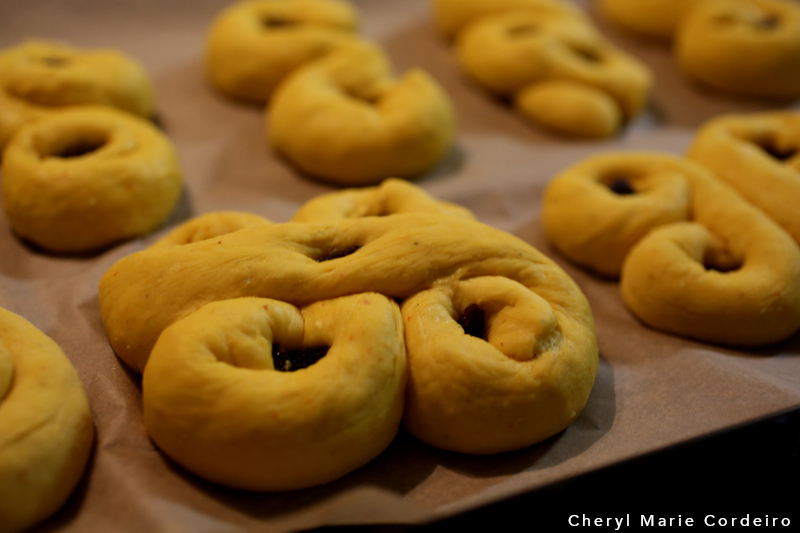
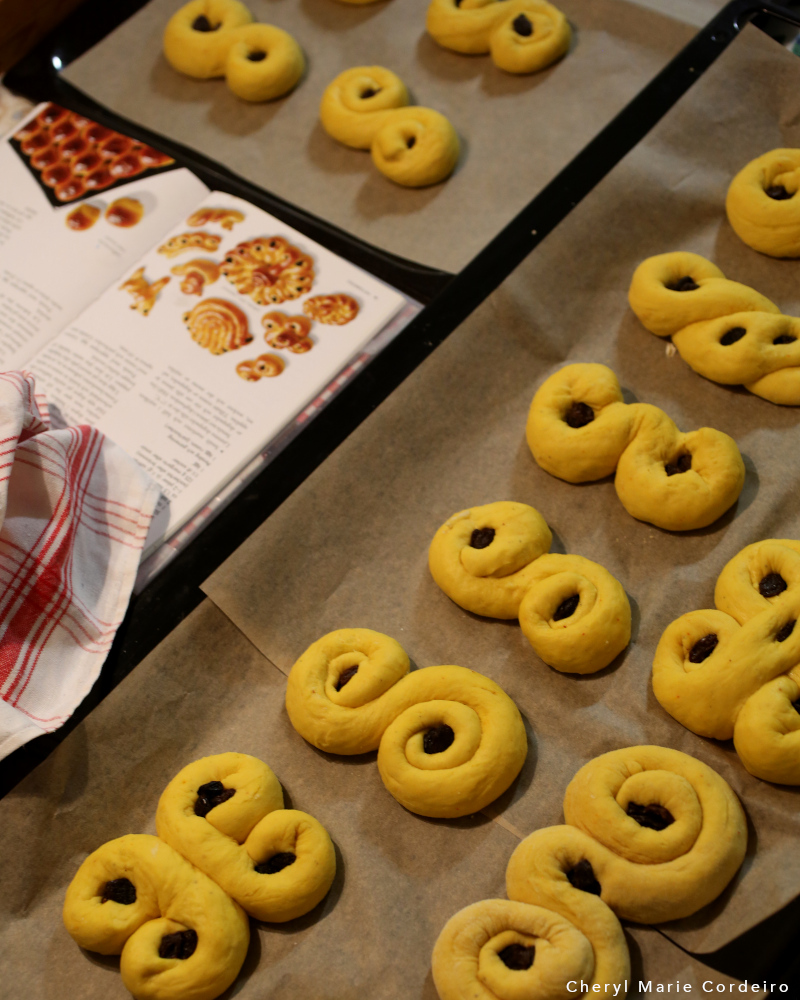
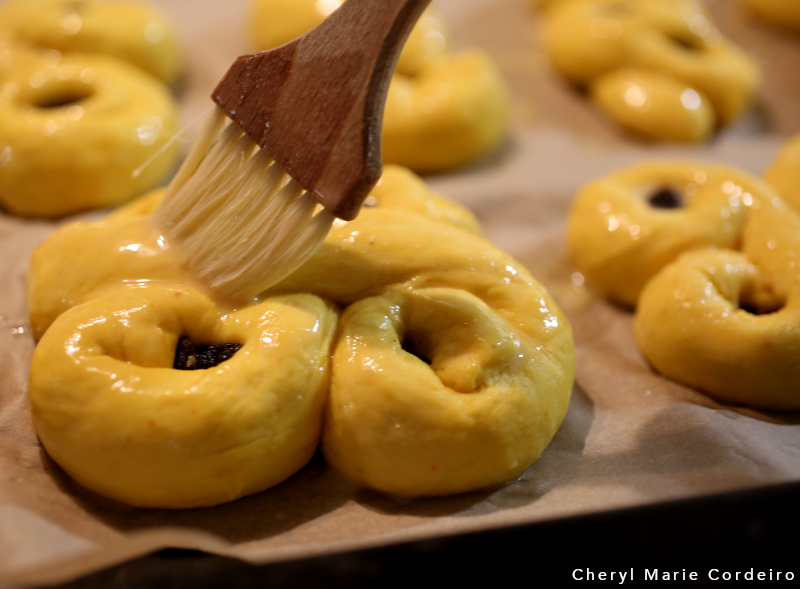
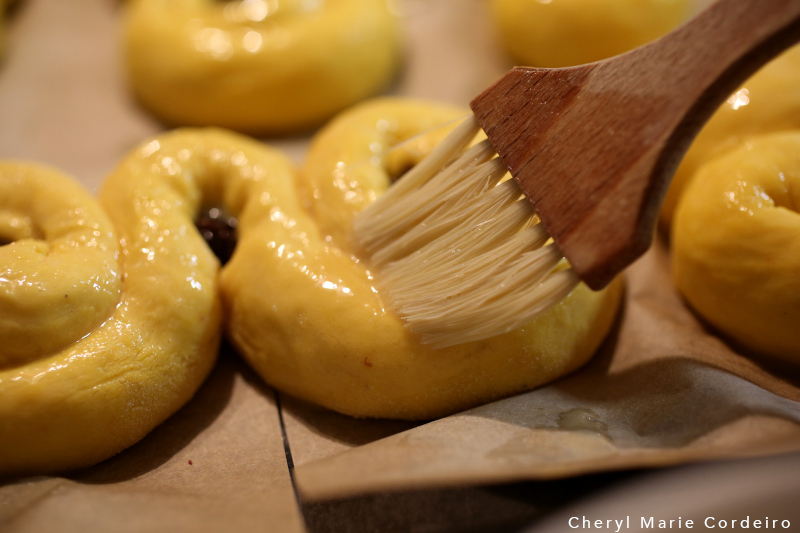
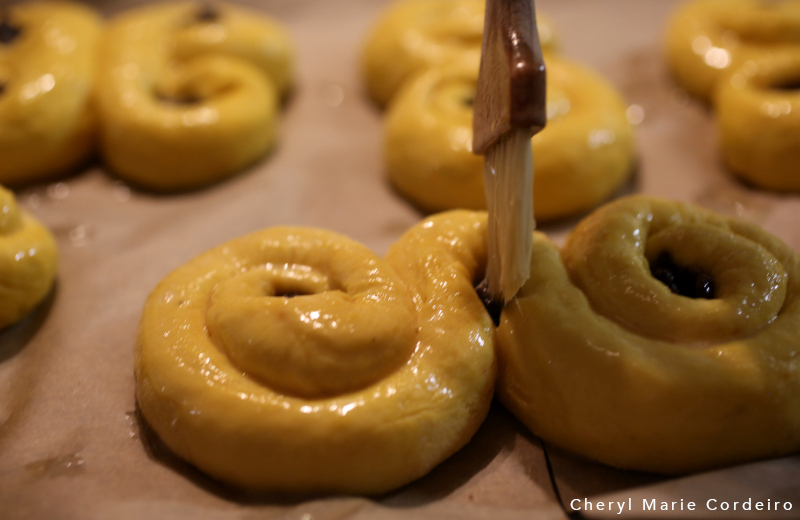
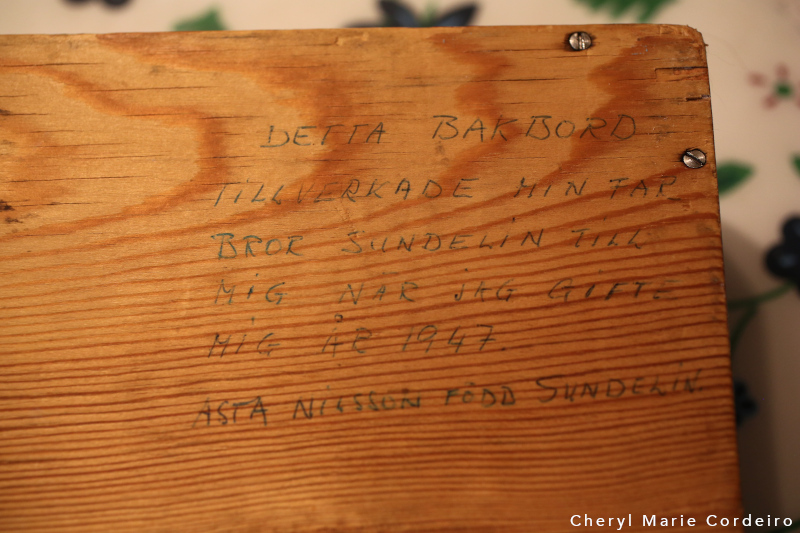
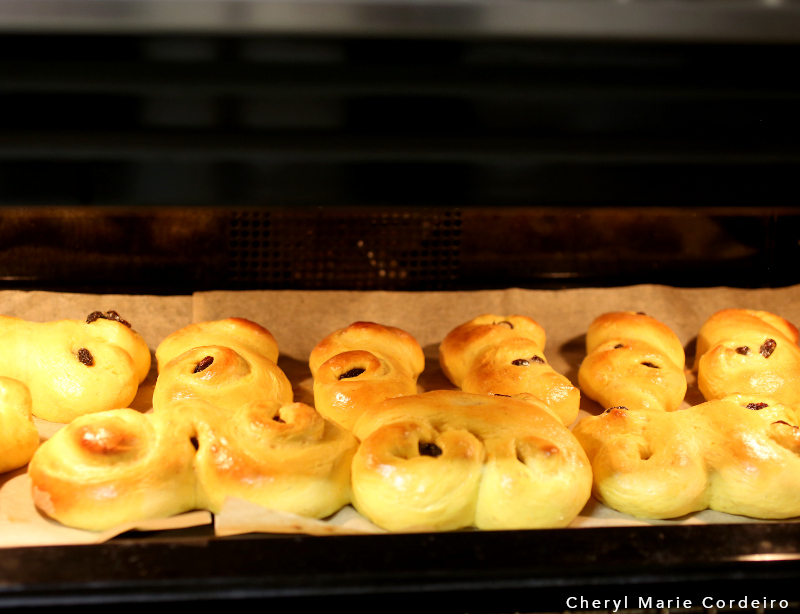
An article on how Sweden celebrates St. Lucia on the 13th of December can be found at Sweden.se, Lucia, and in this short video also by Sweden.se
